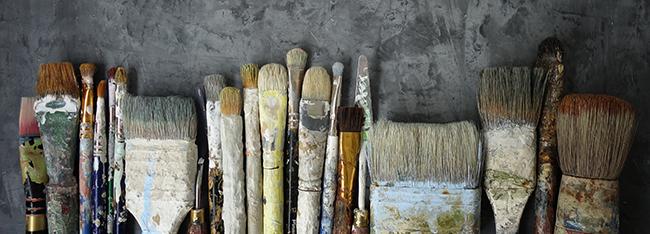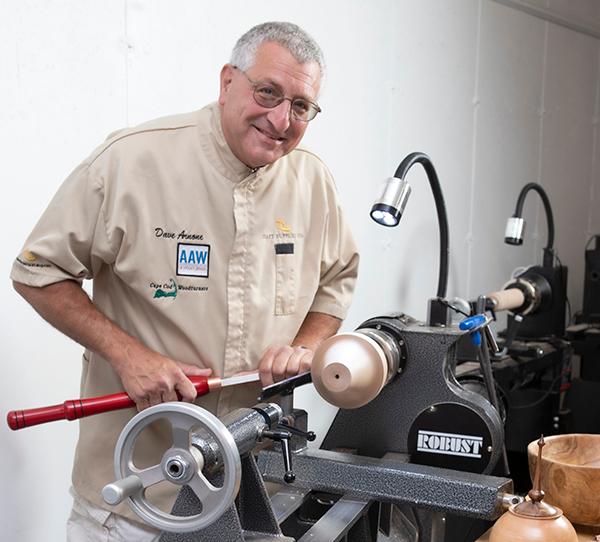BRUSHING UP ON HISTORY

Teeth, hair, make-up, sweeping, dusting, decorating. Portrait painting. Brushes are everywhere! Whatever their function, they’re all broadly the same; a shaped handle—usually of wood or plastic—and a bristly end with varying degrees of softness.
Then there’s the pinnacle of brushes; the apex that is the artist’s brush. Perfectly designed with precise functionality and aesthetic lines. Pick one up and try to disagree that it’s the height of brush evolution.
Back in the 17th century, you would probably have to make your own. Animal hair was ideal for the bristles—often from sable since their hair is thin, tapered, and has a soft tip—but squirrel, horse, goat, or rabbit were common. The hair usually had to be treated and refined, depending on the final use. The handle was wooden, carved, and shaped for easy handing. Glue and knotted twine would be used to bind the two pieces together.
By the 18th century, brush making was part of a growing guild industry. Produced by dedicated instrument makers and sold alongside other specialist tools and apparatus for many occupations. Brushes were still made by hand, but long apprenticeships ensured a high quality of craftsmanship for those who could afford it.
Jump to the mid 19th century and brush making became largely automated, increasingly in factory production lines powered first by steam, then electricity. Robotic technology and industrialization ensured brushes, like many other tools and instruments, could be made in huge numbers very quickly. As a result, prices fell, and sales increased, and the specialized professionals gradually died out. That being said, dedicated artisans who wanted the quality of a handmade brush would make their own.
As you might guess, the paintbrush’s origin is about as clear as a misty fall morning. It’s at least as old as the oldest known paintings—about 40,000 years— but there’s no reason to think it doesn’t date to much further back , perhaps to the earliest days of tool-making. Back then, paintbrushes would have been little more than an animal tail tied to a stick. And thinking about it, with a bit more precision, they are pretty much the same today.
HIGHLIGHT

Beginning September 24
Woodturning: Mastering the Basics
With Dave Arnone
Six Thursdays from 1-3pm
Have you ever seen wooden bowls and wanted to create your own designs for your home or as gifts? Maybe you’ve acquired a lathe and aren’t sure how to use it … or you’re a bit rusty and need a refresher.
This class will provide instruction on using the wood lathe, lathe safety, turning tools, project design, and turning wooden bowls from both green and dried wood blanks.
Upon completion, you will have the knowledge and confidence to begin exploring other shapes and creations.
Onsite: $175 Members, $200 Non-Members
Online: $135 Members, $155 Non-Members
When onsite, class is socially distanced and a mask is required

THANK YOU.
